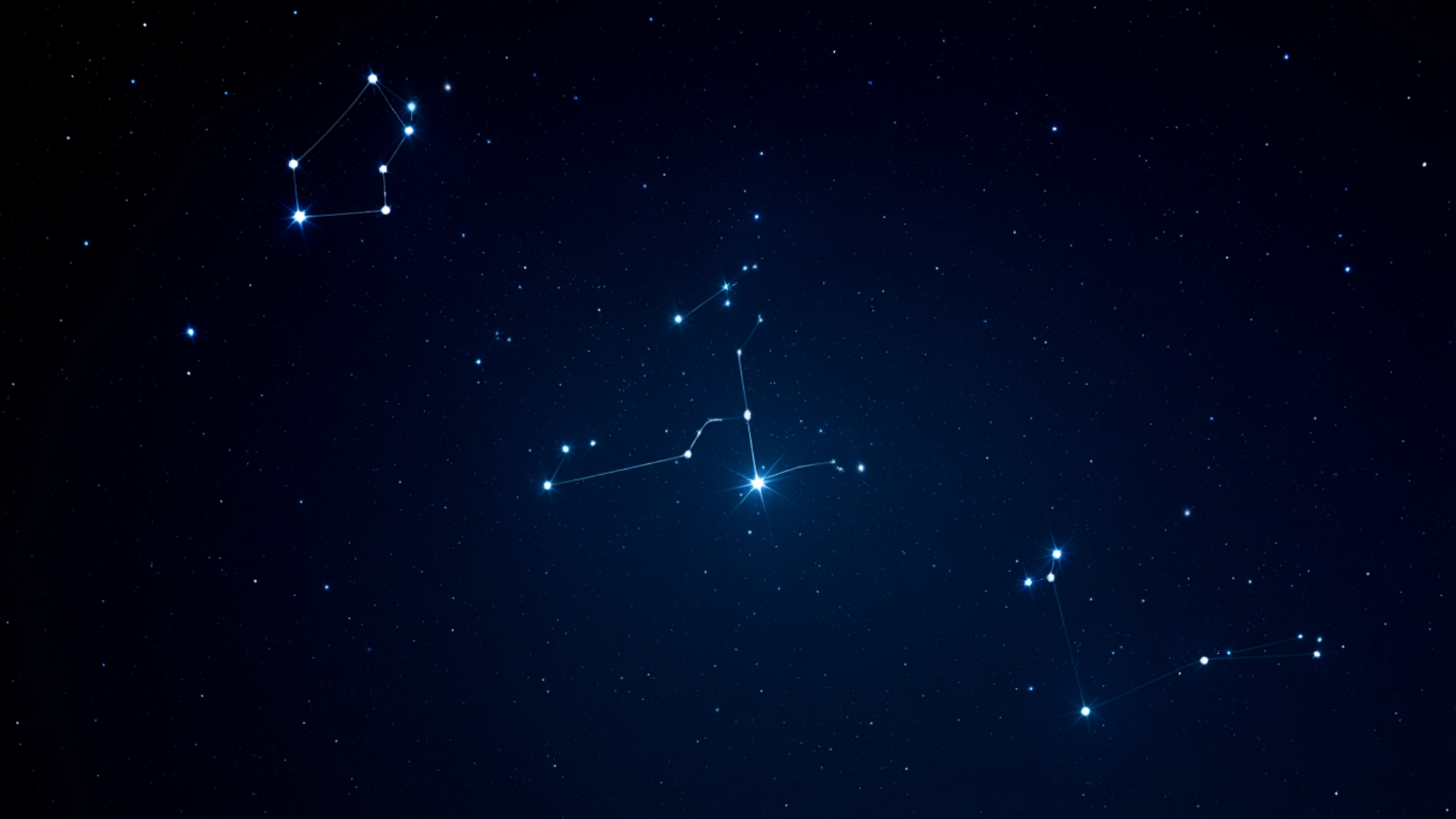Looking up at the night sky can feel overwhelming with thousands of stars scattered across the darkness. But learning about constellations makes stargazing much easier and more fun.
Constellations are groups of stars that form patterns or pictures in the sky. People have been using these star patterns for thousands of years to tell stories, navigate, and mark the seasons.
These constellations are perfect starting points. Each one has its own story and special features that make it unique.
Ready to learn about the stars? Let’s see these amazing constellations together and turn your next stargazing event exciting.
What are Constellations?
Constellations are groups of stars that appear to form patterns or pictures when viewed from Earth.
These star patterns have been recognized by people for thousands of years across different cultures around the world.
While the stars in a constellation may look close together in the sky, they are actually at very different distances from Earth. Some might be just a few light-years away, while others are hundreds of light-years apart.
Ancient civilizations used constellations to navigate oceans, predict seasons, and tell stories. They named these star patterns after gods, heroes, animals, and everyday objects.
They serve as a map of the night sky, making stargazing more organized and enjoyable for both beginners and experienced astronomers
Most Popular Constellations in the Night Sky
From Orion’s famous belt to the guiding stars of the Southern Cross, the most popular constellations in the night sky have inspired stories, guided travelers, and captured the imagination of stargazers for centuries.
1. Orion (The Hunter)
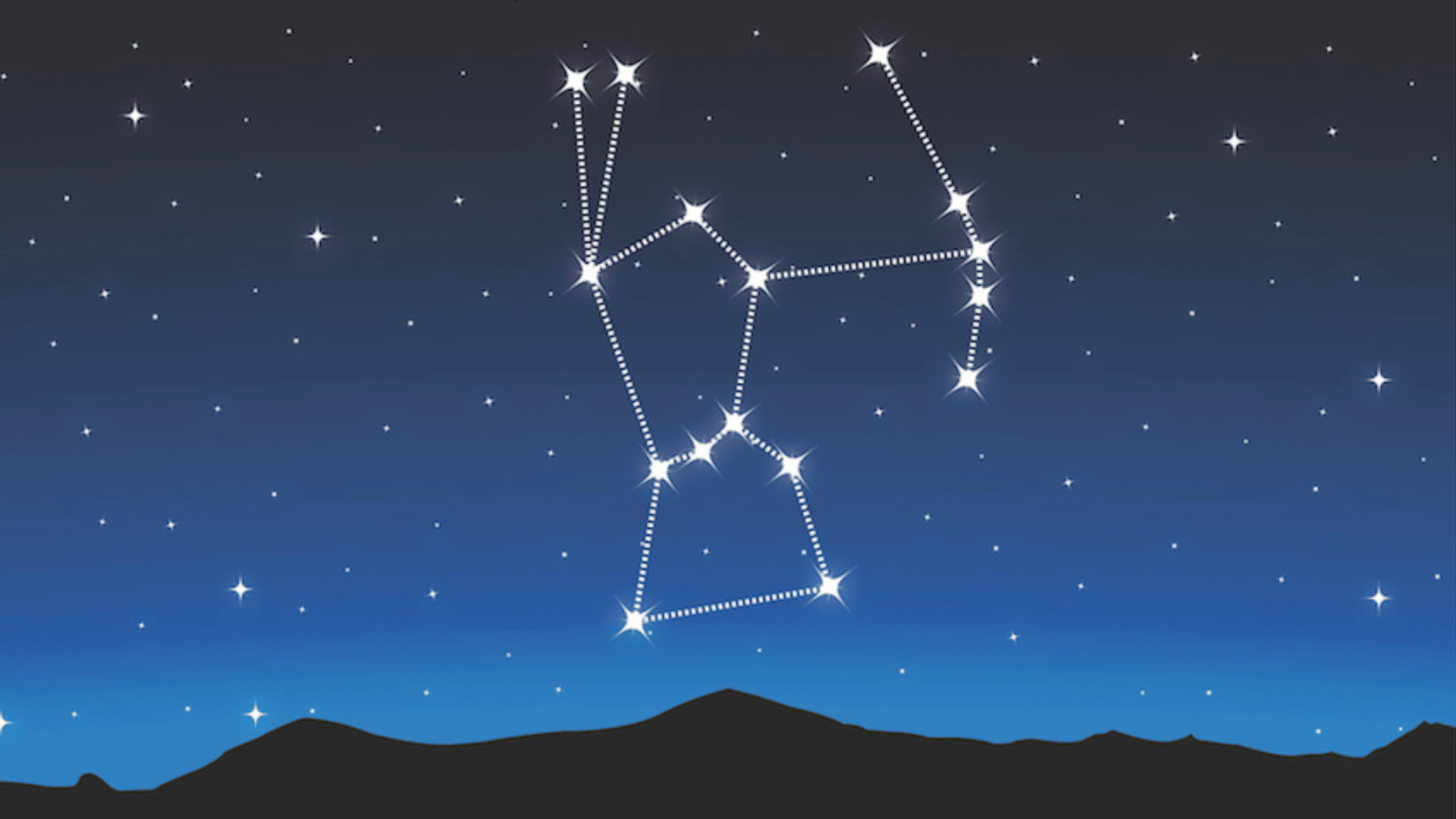

Image Source: The Provincetown Independent
One of the most recognizable constellations, Orion, dominates winter skies in both hemispheres. Known for its distinctive belt of three stars and the famous Orion Nebula.
The Hunter’s hourglass shape makes it an excellent starting point for stargazing beginners and a favorite among astronomers.
- Bright Stars: Betelgeuse (red supergiant), Rigel (blue supergiant), Bellatrix, Mintaka, Alnilam, Alnitak
- Best Viewed: December to February, visible worldwide
- Mythology: A Greek hunter killed by Artemis, placed in the sky opposite Scorpius
2. Ursa Major (The Great Bear)
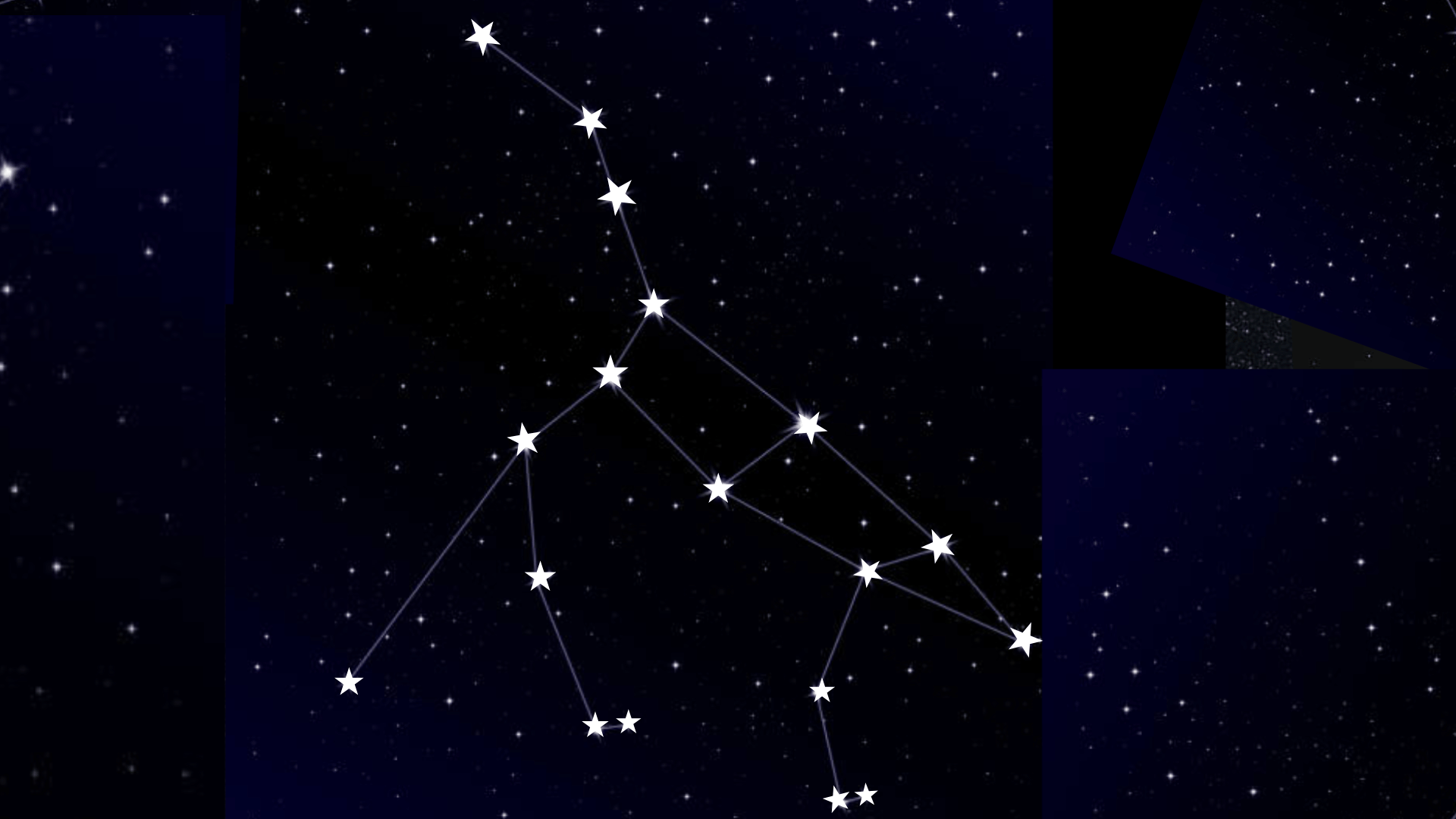

The third-largest constellation contains the famous Big Dipper asterism, serving as a celestial compass pointing to Polaris. This circumpolar constellation never sets for most northern observers.
Its distinctive shape has inspired countless legends across cultures, from bears to wagons to plows, making it one of humanity’s oldest recognized star patterns.
- Bright Stars: Dubhe, Merak, Phecda, Megrez, Alioth, Mizar, Alkaid
- Best Viewed: Year-round in the northern hemisphere, spring is optimal
- Mythology: Greek nymph Callisto was converted into a bear by jealous Hera
3. Ursa Minor (The Little Bear)
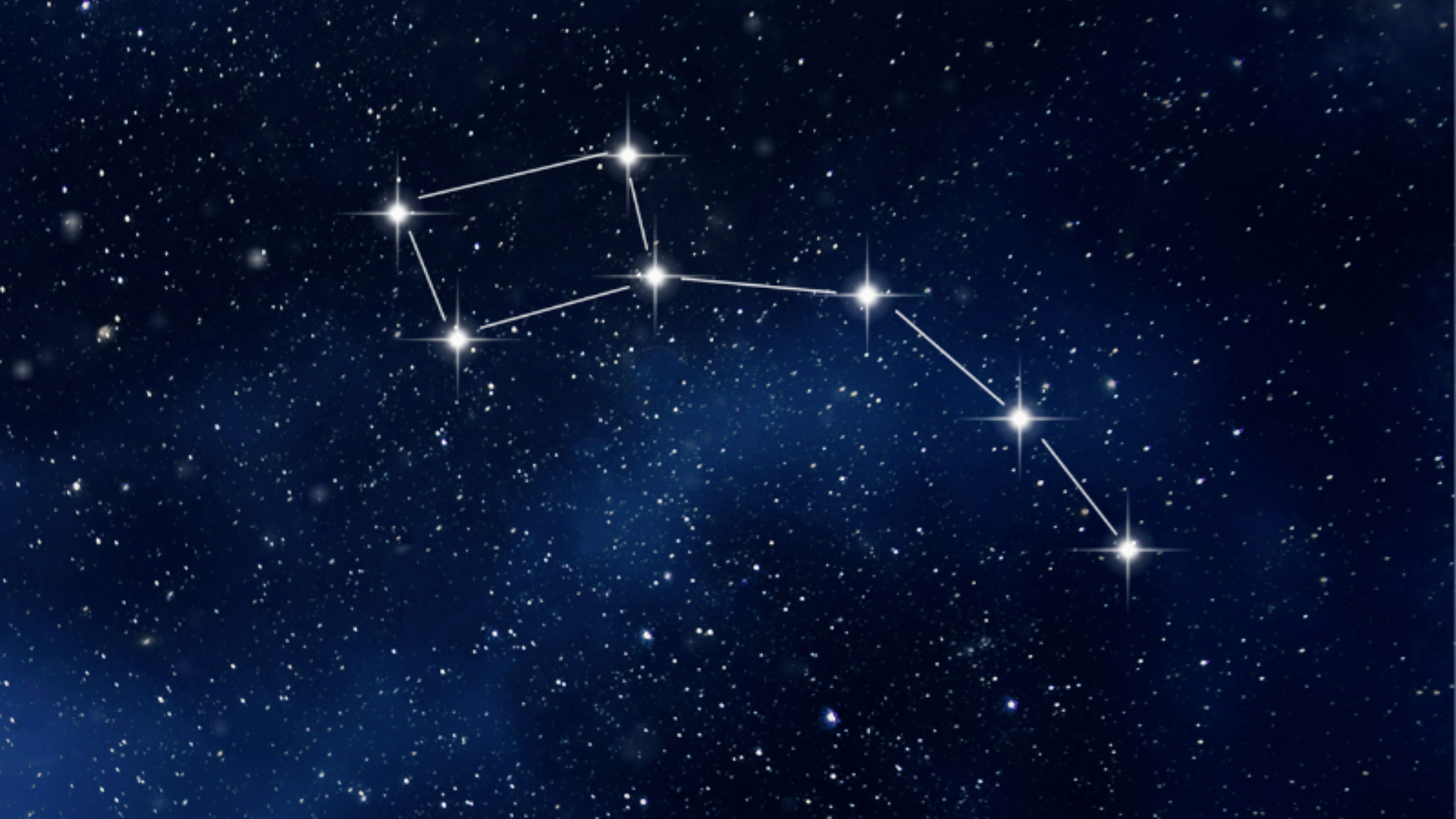

Image Source: Centre of Excellence
Home to Polaris, the North Star, Ursa Minor is crucial for navigation. This small circumpolar constellation appears to remain stationary while other stars rotate around it.
The Little Dipper asterism is less prominent than its larger cousin but holds immense historical significance for travelers, sailors, and astronomers throughout human history.
- Bright Stars: Polaris (North Star), Kochab, Pherkad
- Best Viewed: Year-round in the northern hemisphere
- Mythology: Arcas, son of Callisto, was placed near his mother in the sky
4. Cassiopeia
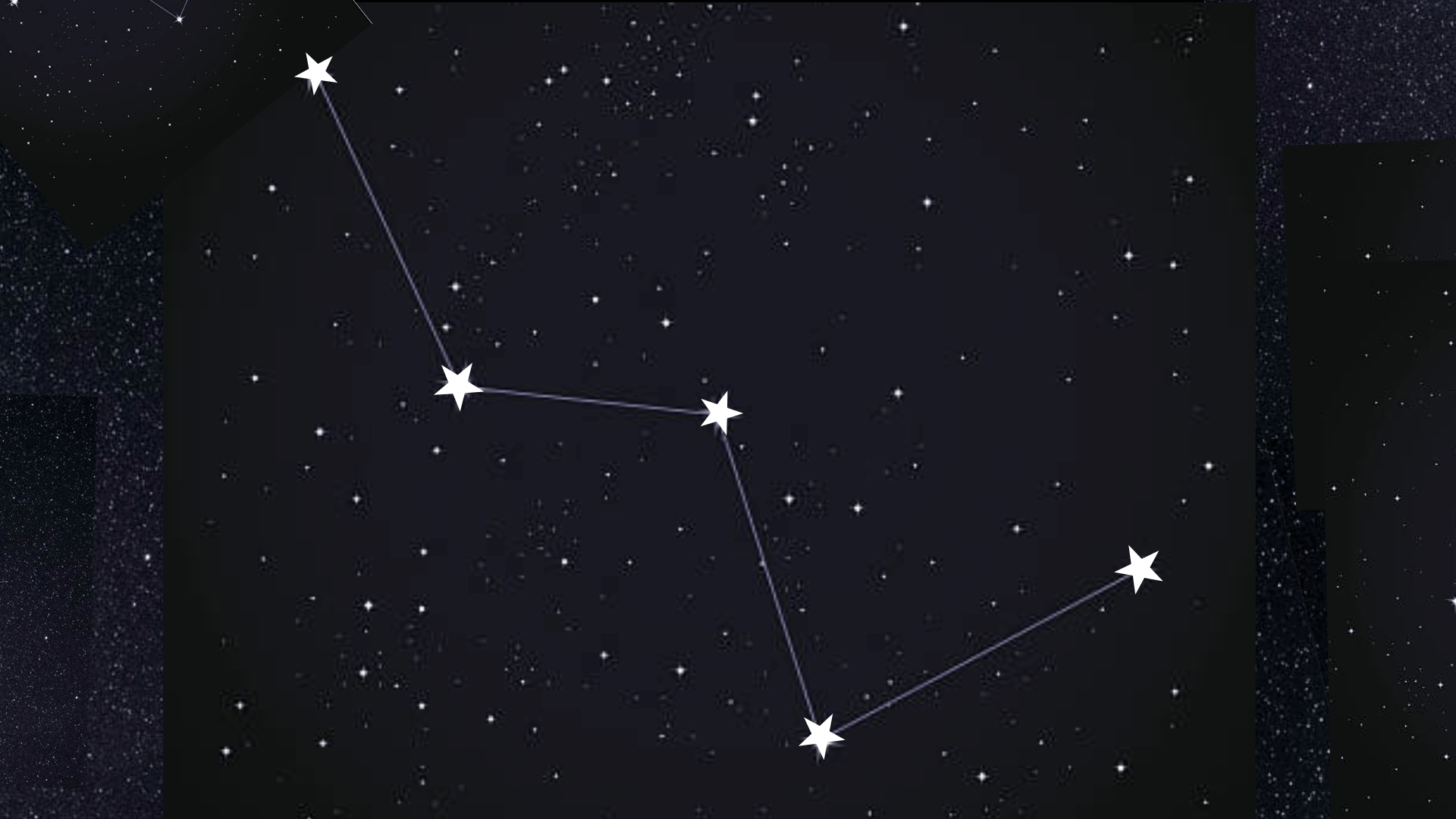

This distinctive W-shaped constellation is easily spotted opposite the Big Dipper across Polaris.
A circumpolar constellation for northern observers, Cassiopeia contains several notable deep-sky objects and variable stars.
Its unmistakable zigzag pattern makes it one of the most recognizable star formations, serving as an excellent reference point for navigating the northern sky.
- Bright Stars: Schedar, Caph, Gamma Cassiopeiae, Ruchbah, Segin
- Best Viewed: Year-round in the northern hemisphere, autumn is optimal
- Mythology: Vain Ethiopian queen punished for boasting about her beauty
5. Cygnus (The Swan)
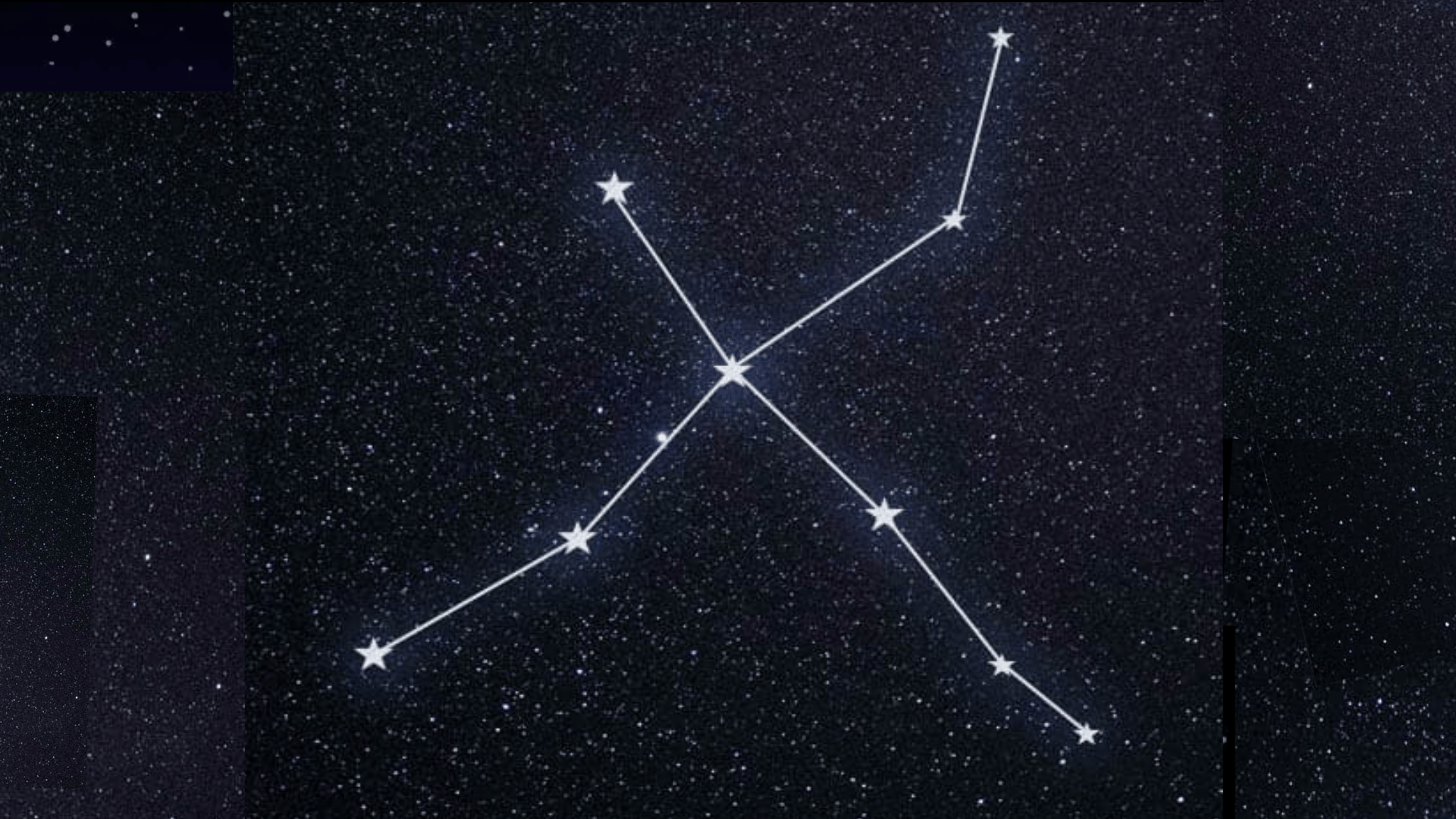

Image Source: Star Name Registry
Flying along the Milky Way, Cygnus forms a magnificent cross shape known as the Northern Cross. This constellation lies in a rich star field, containing numerous star clusters, nebulae, and the famous star Deneb.
Summer evenings reveal Cygnus at its best, stretching its wings across the celestial river of our galaxy’s disk.
- Bright Stars: Deneb (supergiant), Sadr, Gienah, Delta Cygni, Albireo (double star)
- Best Viewed: June to October, northern hemisphere
- Mythology: Zeus disguised as a swan to seduce Leda, or the swan Cycnus
6. Leo (The Lion)


This prominent zodiac constellation resembles a crouching lion with a distinctive backward question mark forming the mane.
Leo contains several bright galaxies and the radiant point for the annual Leonid meteor shower.
Spring evenings showcase this regal constellation at its finest, when it dominates the southern sky for northern hemisphere observers.
- Bright Stars: Regulus (heart of the lion), Denebola, Algieba, Zosma
- Best Viewed: March to May, visible worldwide
- Mythology: Nemean Lion with an impenetrable hide, slain by Hercules
7. Scorpius (The Scorpion)
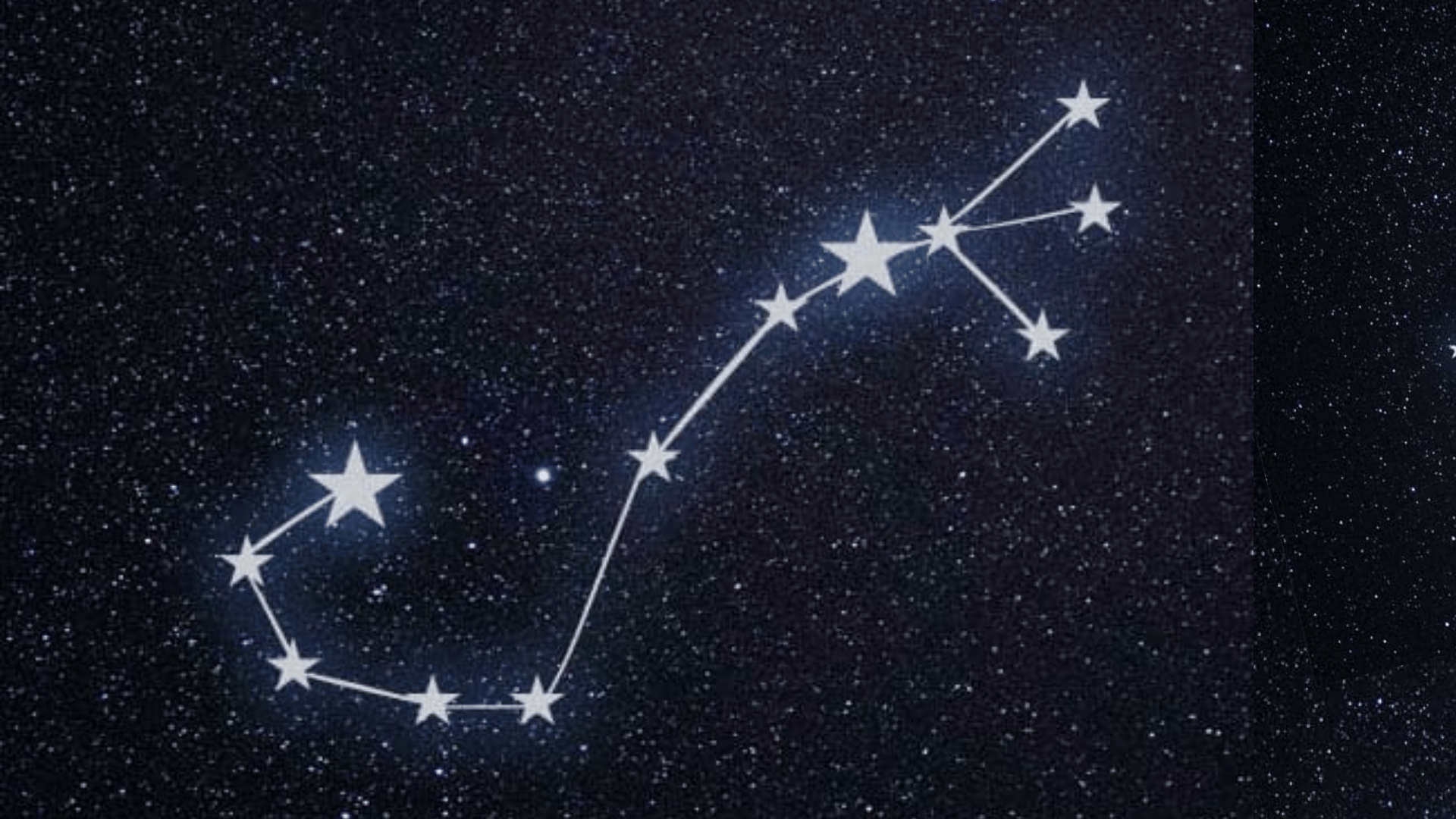

Image Source: Star Name Registry
One of the few constellations that actually resembles its namesake, Scorpius features a distinctive curved tail and bright red heart.
This zodiac constellation lies in the direction of the galactic center, making it rich in star clusters and nebulae. Summer nights reveal this magnificent celestial scorpion in all its glory across the southern sky.
- Bright Stars: Antares (red supergiant), Shaula, Sargas, Dschubba, Pi Scorpii
- Best Viewed: June to August, best from southern latitudes
- Mythology: Scorpion sent by Artemis to kill Orion, placed opposite in the sky
8. Sagittarius (The Archer)
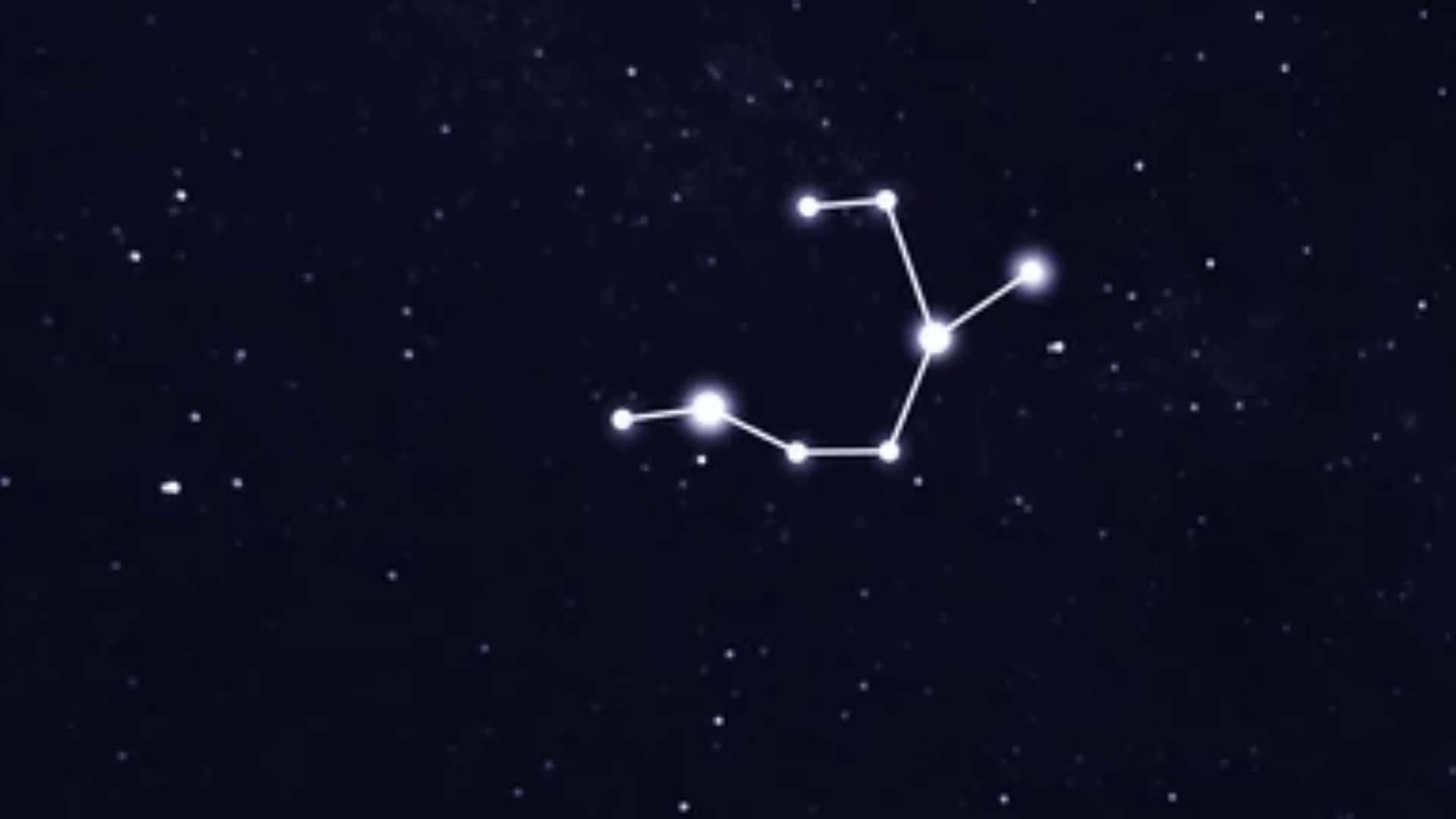

Image Source: Shutterstock
This zodiac constellation points toward the center of our galaxy, creating a rich tapestry of stars, nebulae, and star clusters. Often visualized as a teapot asterism, Sagittarius contains more Messier objects than any other constellation.
The archer’s arrow aims directly at the galactic bulge, making this region a treasure trove for astronomers.
- Bright Stars: Kaus Australis, Nunki, Ascella, Kaus Media, Kaus Borealis
- Best Viewed: July to September, best from southern latitudes
- Mythology: Centaur archer Chiron, mentor to heroes, or satyr Crotus
9. Taurus (The Bull)


Image Source: Astrophotography Lens
This zodiac constellation features two famous star clusters: the Pleiades and Hyades. The red giant Aldebaran marks the bull’s eye, though it’s actually a foreground star.
Taurus has been recognized since ancient times, with the Pleiades mentioned in various cultures’ mythology. Winter evenings showcase this celestial bull charging across the sky.
- Bright Stars: Aldebaran (red giant), Elnath, Alcyone (Pleiades), Atlas (Pleiades)
- Best Viewed: November to March, visible worldwide
- Mythology: Zeus as a white bull abducting Europa, or the sacred bull of Crete
10. Gemini (The Twins)
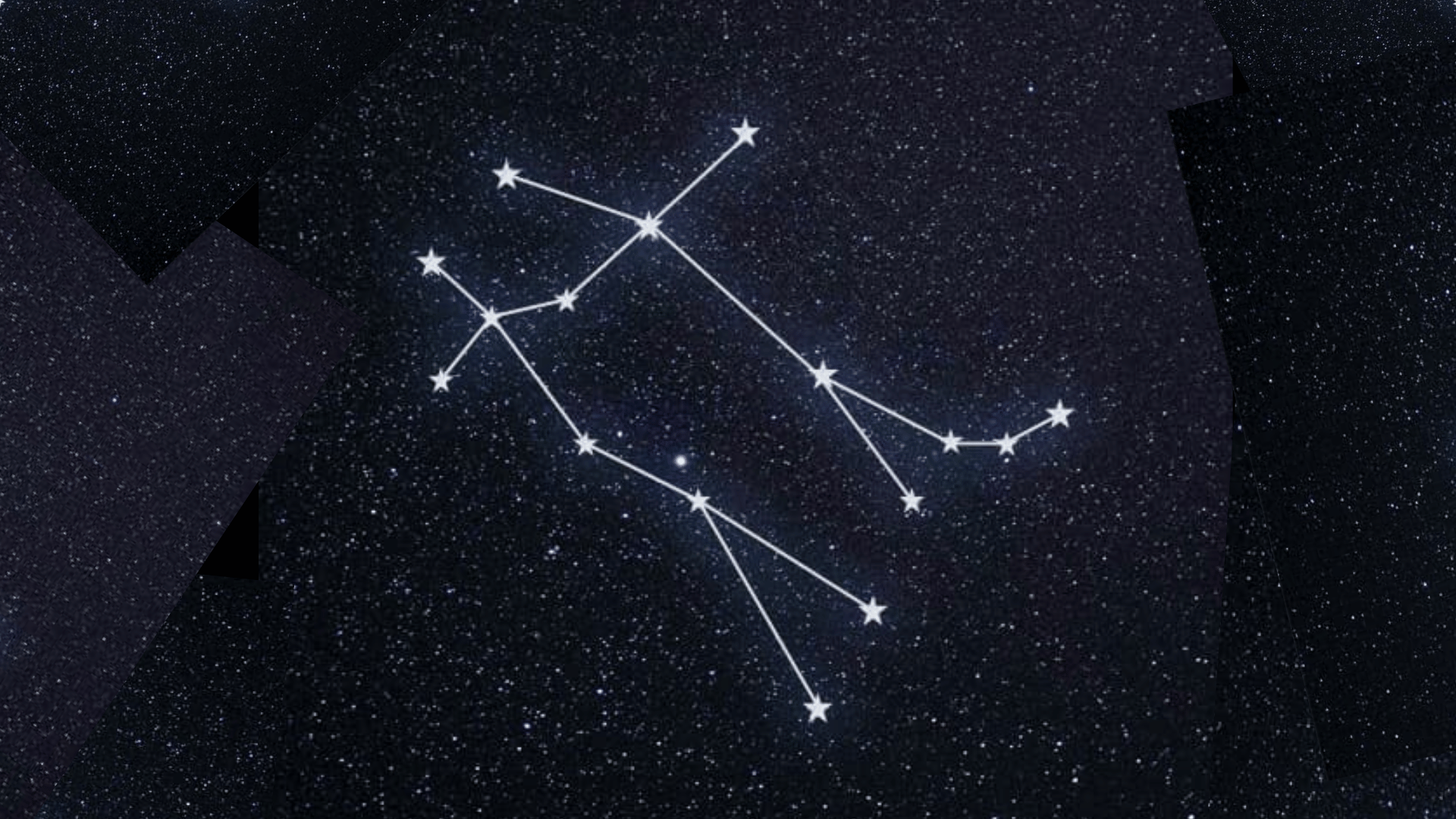

Image Source: Astronomy Stack Exchange
The zodiac constellation Gemini represents the twin brothers Castor and Pollux, marked by two bright stars of the same names.
This constellation lies along the ecliptic and contains several interesting deep-sky objects, including the open cluster M35. Winter and spring evenings offer the best views of these celestial twins standing side by side.
- Bright Stars: Pollux (orange giant), Castor (multiple star system), Alhena, Wasat
- Best Viewed: December to April, visible worldwide
- Mythology: Twin brothers Castor and Pollux, sons of Leda with different fathers
11. Virgo (The Maiden)
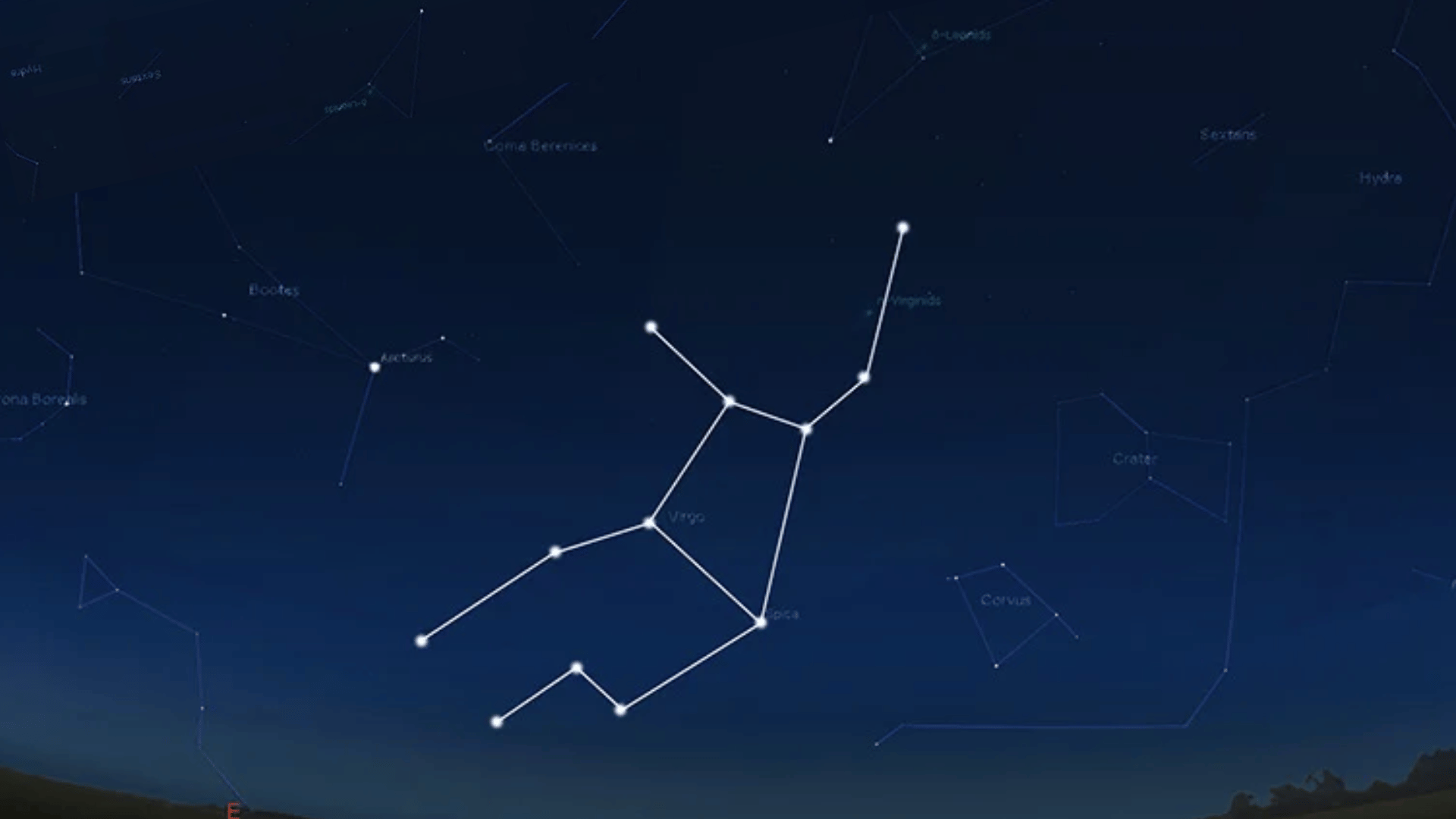

Image Source: AstroBackyard
The second-largest constellation and a member of the zodiac, Virgo contains thousands of galaxies in the Virgo Cluster. The bright star Spica marks the wheat sheaf held by the maiden.
This constellation is best known among astronomers for hosting numerous galaxy groups and being home to the autumn equinox point along the ecliptic.
- Bright Stars: Spica (blue giant binary), Zavijava, Porrima, Auva, Vindemiatrix
- Best Viewed: April to July, visible worldwide
- Mythology: Persephone, Demeter, or Astraea, goddess of justice and harvest
12. Crux (The Southern Cross)
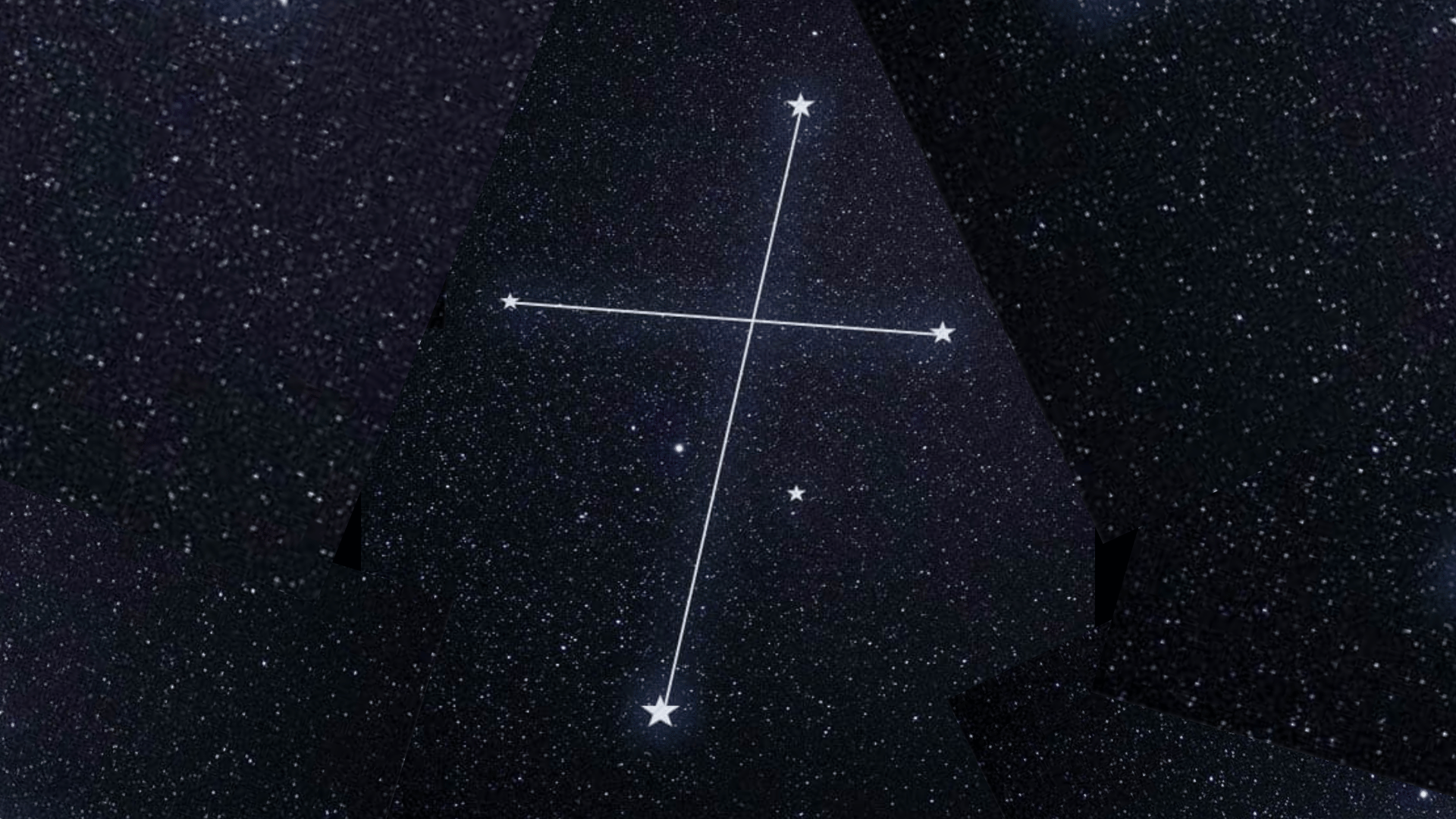

Image Source: Star Name Registry
The smallest constellation in the sky, Crux, is iconic in the Southern Hemisphere and appears on several national flags. This distinctive cross-shaped pattern lies in the brightest part of the Milky Way, accompanied by the dark Coalsack Nebula.
The Southern Cross serves as a navigational aid, pointing roughly toward the South Celestial Pole.
- Bright Stars: Acrux (blue giant), Gacrux (red giant), Imai, Mimosa (Becrux)
- Best Viewed: March to June, only visible from southern latitudes
- Mythology: Various Aboriginal Australian Dreamtime stories, Christian symbolism
13. Centaurus (The Centaur)


This large southern constellation contains Alpha Centauri, the closest star system to Earth, and the bright globular cluster Omega Centauri.
Representing a centaur, this constellation wraps around the Southern Cross and extends across a significant portion of the southern sky. It’s particularly rich in bright stars and deep-sky objects.
- Bright Stars: Alpha Centauri (closest star system), Hadar (Beta Centauri), Menkent, Muhlifain
- Best Viewed: March to July, best from southern latitudes
- Mythology: Wise centaur Chiron, mentor to Hercules and other heroes
14. Lyra (The Harp)
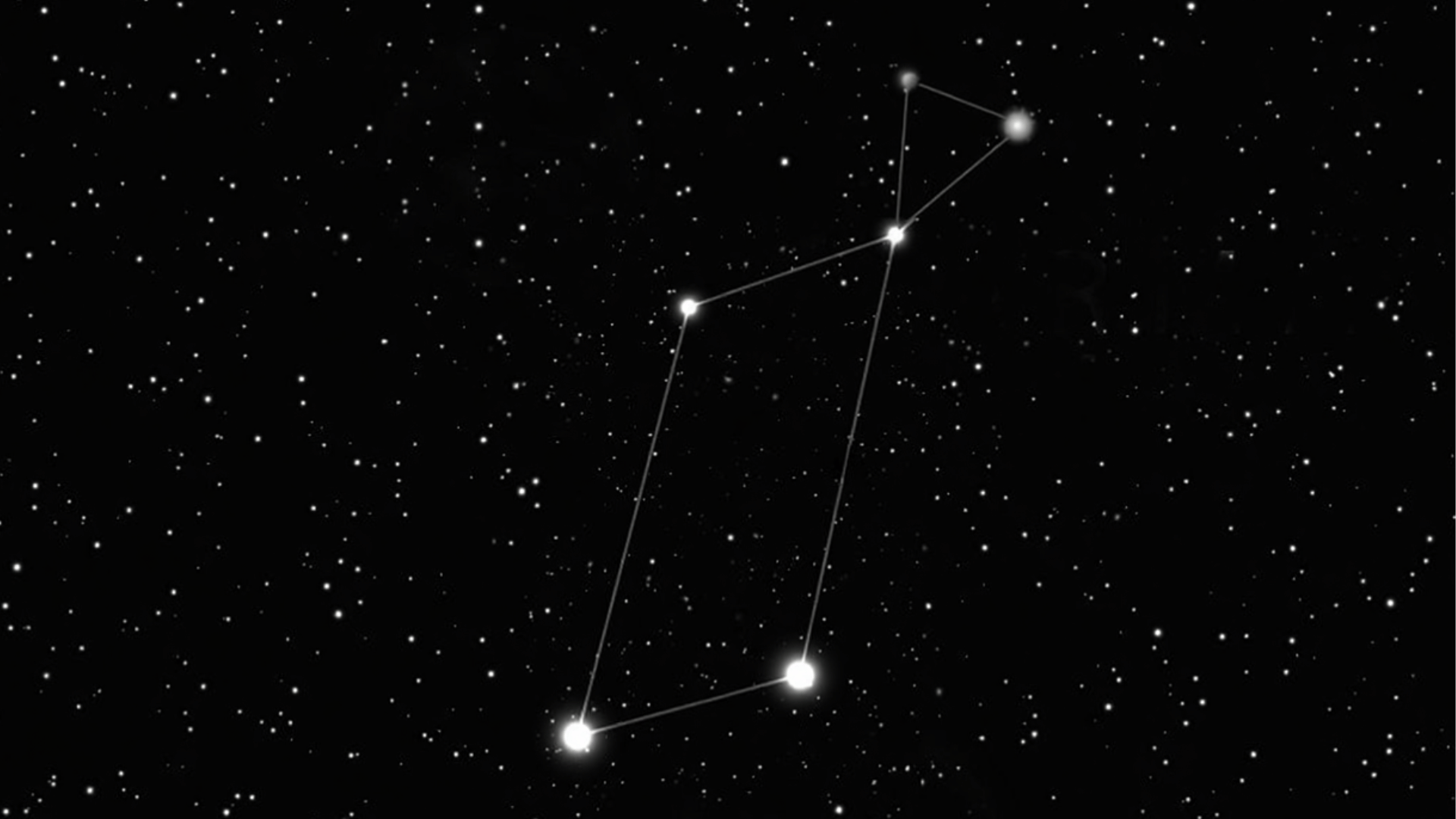

A small but prominent constellation dominated by brilliant Vega, once the northern pole star and a future one again. Lyra contains the famous Ring Nebula and represents the lyre of Orpheus in Greek mythology.
Despite its small size, this constellation is easily recognizable and serves as a guide to other summer constellations.
- Bright Stars: Vega (former and future pole star), Sheliak, Sulafat, Delta Lyrae
- Best Viewed: June to October, northern hemisphere
- Mythology: Lyre of Orpheus, whose music could charm all living things
15. Aquila (The Eagle)
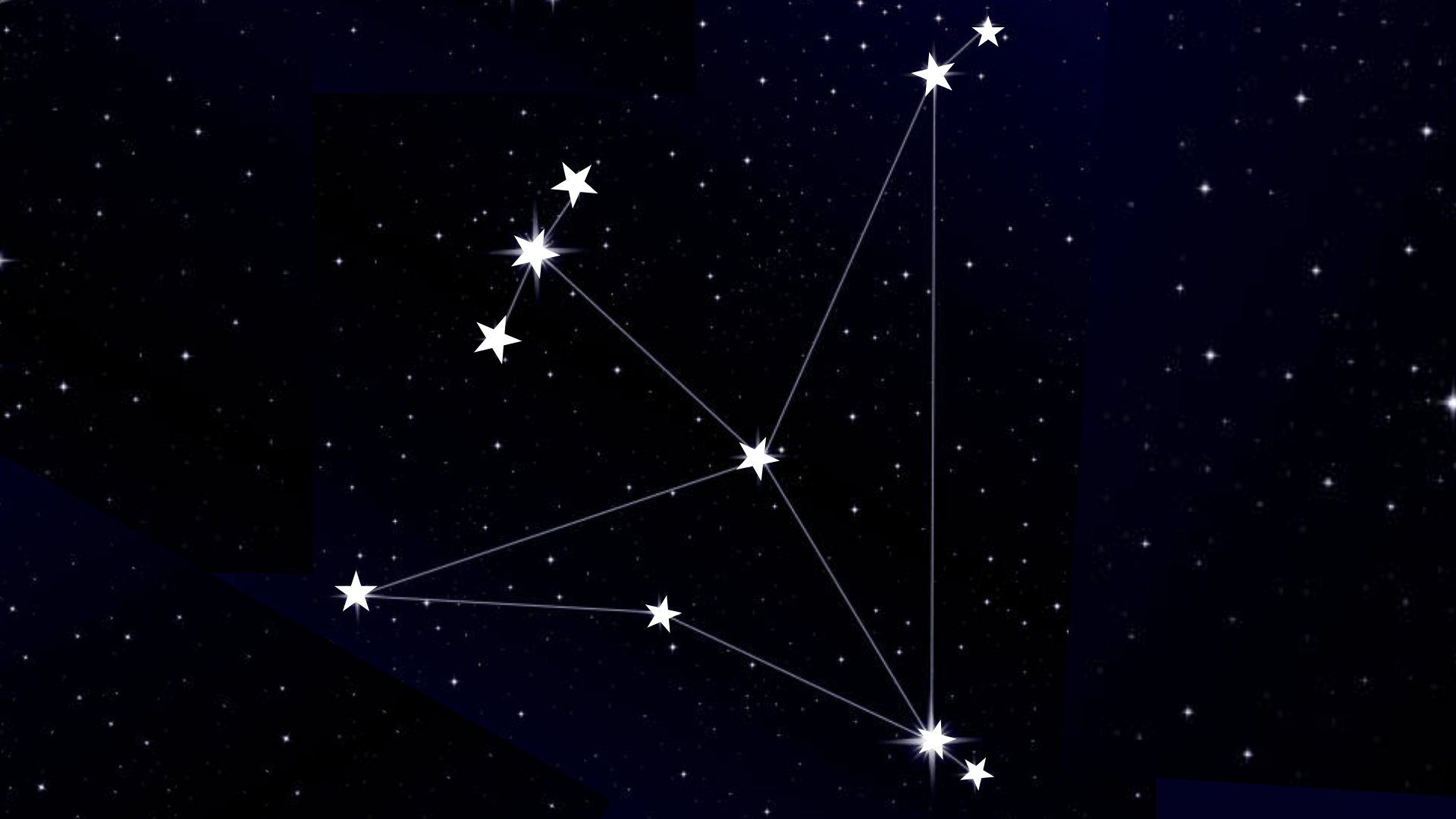

Soaring along the Milky Way, Aquila features the bright star Altair, part of the Summer Triangle asterism. This constellation represents an eagle and lies in a rich star field filled with dark nebulae and star clouds.
The celestial eagle appears to fly southward along the galactic equator during summer evenings.
- Bright Stars: Altair (nearby fast-rotating star), Tarazed, Okab, Deneb el Okab
- Best Viewed: July to September, visible worldwide
- Mythology: Zeus’s eagle that carried thunderbolts or abducted Ganymede
16. Perseus
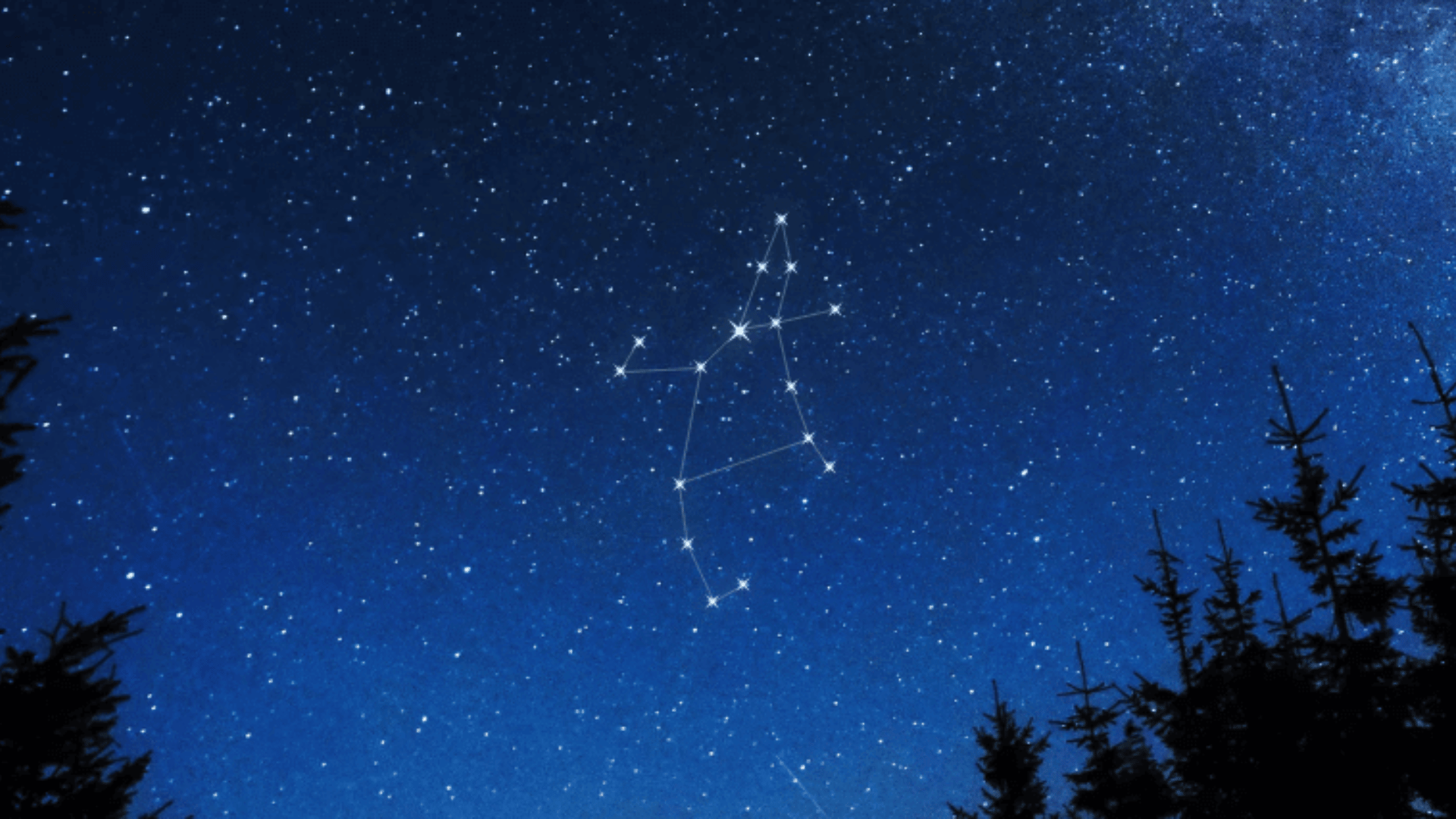

Image Source: Star Registration
This northern constellation represents the legendary Greek hero who slew Medusa. Perseus lies in the Milky Way and contains the famous variable star Algol, known as the “Demon Star,” and the Double Cluster.
The annual Perseid meteor shower radiates from this constellation, making it popular among stargazers during summer nights.
- Bright Stars: Mirfak, Algol (eclipsing binary), Atik, Epsilon Persei
- Best Viewed: October to February, northern hemisphere
- Mythology: Greek hero who killed Medusa and rescued Andromeda
17. Andromeda
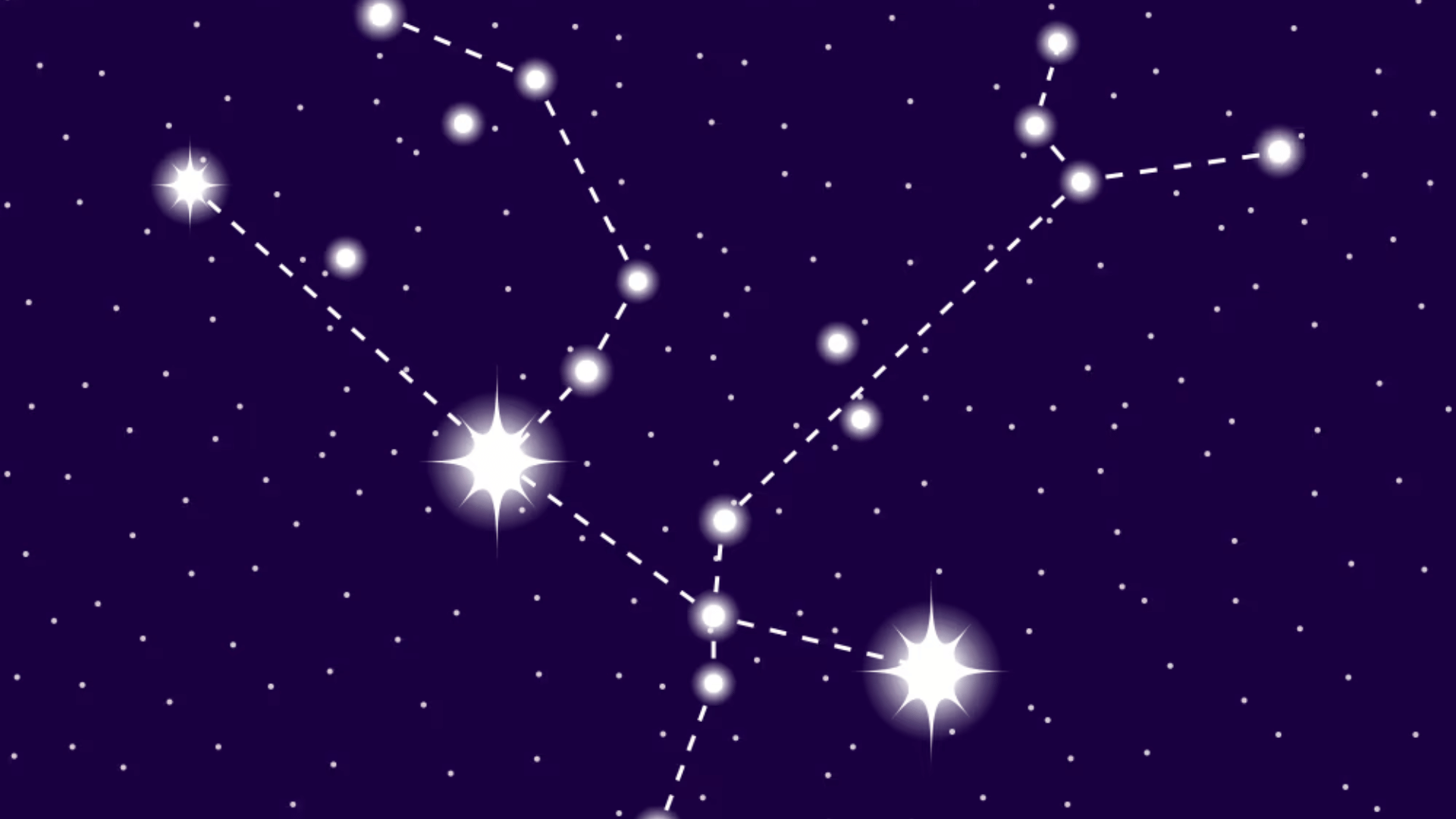

Named after the mythical princess, this constellation lies adjacent to Perseus and contains the famous Andromeda Galaxy, our nearest galactic neighbor.
The constellation forms a distinctive pattern connected to the Great Square of Pegasus. Autumn evenings provide the best opportunity to observe this constellation and attempt to spot its famous spiral galaxy.
- Bright Stars: Alpheratz (shared with Pegasus), Mirach, Almach, Delta Andromedae
- Best Viewed: September to December, northern hemisphere
- Mythology: Ethiopian princess rescued by Perseus from sea monster Cetus
18. Draco (The Dragon)
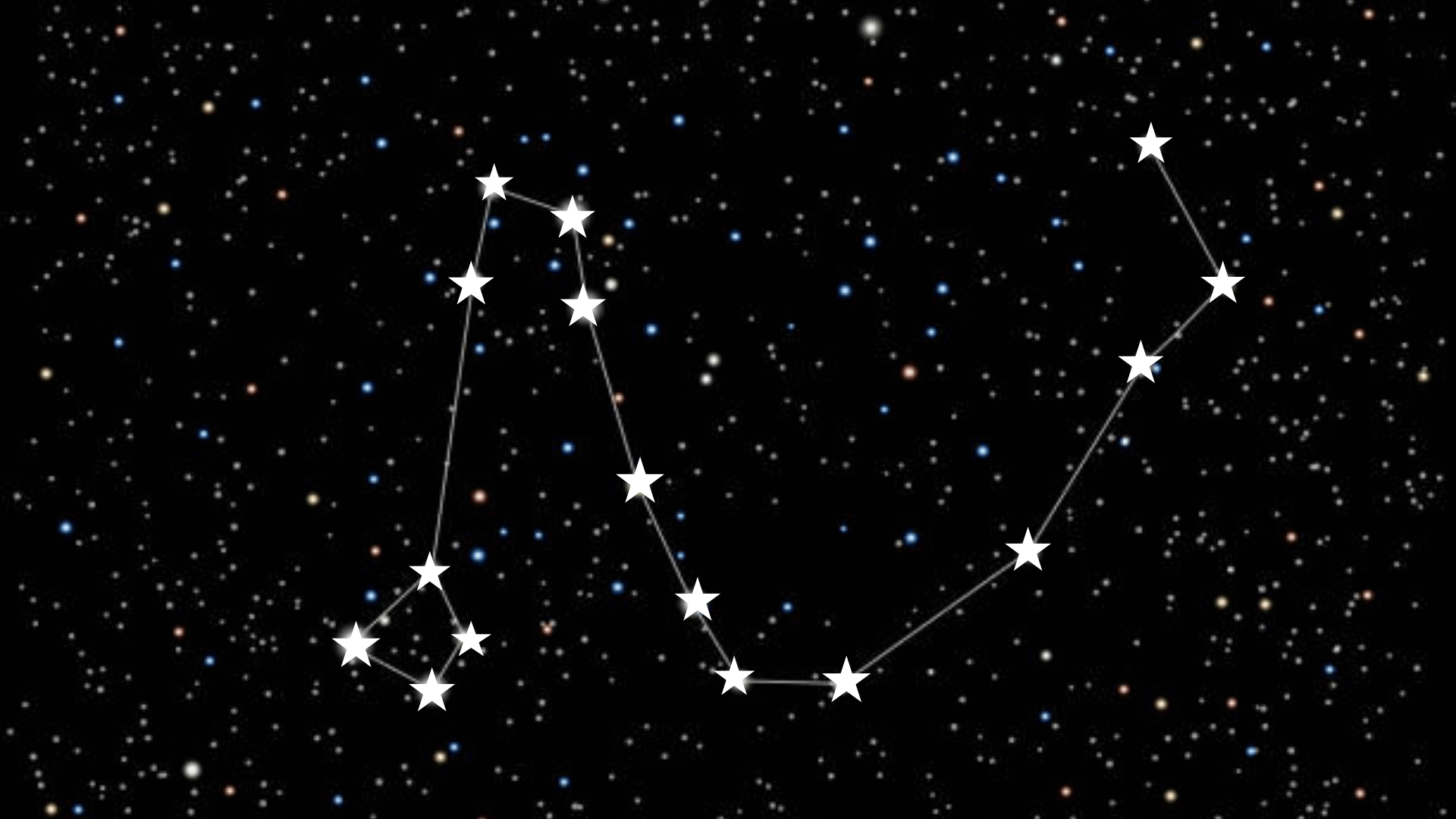

This long, winding constellation wraps around the north celestial pole between Ursa Major and Minor. Draco contains the former pole star Thuban and extends across a large portion of the northern sky.
The dragon’s head forms a distinctive quadrilateral pattern, while its body snakes between the two bears in an ancient cosmic dance.
- Bright Stars: Thuban (former pole star), Eltanin, Rastaban, Altais, Aldhibah
- Best Viewed: Year-round in the northern hemisphere, spring is optimal
- Mythology: Dragon Ladon guarding golden apples, slain by Hercules
Lesser-Known Constellations of the Night Sky
Beyond the well-known star patterns lie the remaining constellations, each with its own story. Here are the remaining officially recognized constellations:
19. Aries (The Ram): Small zodiac constellation marking the spring equinox in ancient times, located between Pisces and Taurus.
20. Cancer (The Crab): A Faint zodiac constellation best known for containing the Beehive Cluster (M44).
21. Libra (The Scales): Zodiac constellation representing balance and justice, once considered part of Scorpius’s claws.
22. Capricornus (The Sea-Goat): A Faint zodiac constellation depicting a creature with a goat’s head and a fish’s tail.
23. Aquarius (The Water Bearer): Large zodiac constellation associated with the rainy season in ancient times.
24. Pisces (The Fish): Zodiac constellation depicting two fish tied together by a cord.
25. Ophiuchus (The Serpent Bearer): Large constellation of a man holding a serpent, sometimes called the “13th zodiac sign.”
26. Serpens (The Serpent): Unique constellation split into two parts (Serpens Caput and Serpens Cauda) separated by Ophiuchus.
27. Hercules: Fifth-largest constellation representing the Greek hero, contains the globular cluster M13.
28. Boötes (The Herdsman): Kite-shaped constellation containing the bright orange star Arcturus.
29. Auriga (The Charioteer): Pentagon-shaped constellation featuring the bright star Capella.
30. Pegasus (The Winged Horse): Large autumn constellation known for its Great Square asterism.
31. Canis Major (The Great Dog): Contains Sirius, the brightest star in the night sky.
32. Canis Minor (The Little Dog): Small constellation featuring the bright star Procyon.
33. Eridanus (The River): Long, winding constellation representing a mythical river, stretching from near Orion to the southern sky.
34. Cetus (The Whale/Sea Monster): Large constellation representing the monster from the Perseus and Andromeda myth.
35. Hydra (The Water Snake): Largest constellation by area, stretching across a quarter of the sky.
36. Corvus (The Crow): Small, distinctive quadrilateral constellation perched on Hydra’s back.
37. Crater (The Cup): Faint constellation representing a chalice, also sitting on Hydra.
38. Columba (The Dove): Small southern constellation south of Canis Major and Lepus.
39. Lepus (The Hare): Constellation at Orion’s feet, representing a hare being hunted.
40. Caelum (The Chisel): A Faint, small constellation in the southern sky created in the 18th century.
41. Puppis (The Stern): Part of the ancient Argo Navis constellation, representing the ship’s stern.
42. Vela (The Sails): Another piece of Argo Navis, containing the Vela Supernova Remnant.
43. Carina (The Keel): Third part of Argo Navis, contains Canopus, the second-brightest star in the night sky.
44. Pyxis (The Compass): Small, faint constellation representing a mariner’s compass, once part of Argo Navis.
45. Antlia (The Air Pump): Faint southern constellation with no bright stars, created in the 18th century.
46. Leo Minor (The Little Lion): A Faint constellation squeezed between Ursa Major and Leo.
47. Ara (The Altar): Ancient southern constellation representing an altar used by the gods.
48. Corona Australis (The Southern Crown): Small, arc-shaped constellation south of Sagittarius.
49. Corona Borealis (The Northern Crown): Semicircular constellation representing Ariadne’s crown from Greek mythology.
50. Delphinus (The Dolphin): Small but distinctive diamond-shaped constellation near Aquila.
51. Equuleus (The Little Horse): Second-smallest constellation, representing a horse’s head.
52. Grus (The Crane): Southern constellation featuring the bright star Alnair.
53. Pavo (The Peacock): Southern constellation with no bright deep-sky objects but a distinctive pattern.
54. Phoenix: Constellation in the southern sky representing the mythical firebird.
55. Tucana (The Toucan): Southern constellation containing the Small Magellanic Cloud.
56. Indus (The Indian): A Faint southern constellation representing a Native American.
57. Microscopium (The Microscope): Faint constellation with no bright stars, created in the 18th century.
58. Octans (The Octant): Contains the south celestial pole but is otherwise unremarkable.
59. Apus (The Bird of Paradise): Southern constellation with no bright stars.
60. Triangulum (The Triangle): Small northern constellation containing the Triangulum Galaxy (M33).
61. Triangulum Australe (The Southern Triangle): A Distinctive southern constellation more prominent than its northern counterpart.
62. Norma (The Square/Level): Faint southern constellation representing a carpenter’s square.
63. Circinus (The Compass): Small, faint constellation next to Alpha Centauri.
64. Lupus (The Wolf): Southern constellation between Centaurus and Scorpius.
65. Musca (The Fly): Small southern constellation near Crux.
66. Chamaeleon (The Chameleon): Circumpolar southern constellation near the south celestial pole.
67. Volans (The Flying Fish): A Faint southern constellation south of Carina.
68. Dorado (The Dolphinfish/Swordfish): Contains most of the Large Magellanic Cloud.
69. Mensa (The Table Mountain): Faintest constellation, named after Table Mountain in South Africa.
70. Reticulum (The Reticle): Small southern constellation representing a crosshair pattern.
71. Horologium (The Clock): A Faint southern constellation with no notable features.
72. Pictor (The Painter’s Easel): Southern constellation with few bright stars.
73. Fornax (The Furnace): Contains the Fornax Dwarf galaxy and the Fornax Galaxy Cluster.
74. Sculptor: A Faint southern constellation containing the Sculptor Galaxy and Sculptor Dwarf galaxy.
75. Camelopardalis (The Giraffe): Large but faint northern constellation with no bright stars.
76. Lynx (The Lynx): Faint northern constellation requiring “lynx eyes” to see its dim stars.
77. Monoceros (The Unicorn): A Faint constellation on the celestial equator, containing the Rosette Nebula.
78. Lacerta (The Lizard): Small, faint constellation in the northern sky.
79. Vulpecula (The Fox): Contains the Dumbbell Nebula (M27), a famous planetary nebula.
80. Sagitta (The Arrow): Third-smallest constellation, shaped like an arrow.
81. Scutum (The Shield): Small constellation containing a rich star cloud in the Milky Way.
82. Sextans (The Sextant): A Faint equatorial constellation with no bright stars.
83. Telescopium (The Telescope): Southern constellation with no bright stars or notable objects.
84. Piscis Austrinus (The Southern Fish): Contains Fomalhaut, one of the brightest stars in autumn skies.
85. Coma Berenices (Berenice’s Hair): Contains numerous galaxies, including the Coma Cluster.
86. Canes Venatici (The Hunting Dogs): Contains the Whirlpool Galaxy (M51) and many other galaxies.
87. Coma Berenices (Berenice’s Hair): A small but well-known northern constellation representing the hair of Queen Berenice II.
88. Corona Borealis (The Northern Crown): A small semicircular northern constellation representing a crown from Greek mythology.
Finding Your Way with Constellations
Long before GPS and compasses, humans turned their eyes skyward to find direction.
Constellations acted as nature’s compass, guiding sailors across vast oceans, explorers through deserts, and nomads on long journeys.
- Ursa Minor’s Polaris (North Star): A fixed guide for north in the Northern Hemisphere.
- The Southern Cross (Crux): Helps travelers find true south.
- Orion’s Belt: Its line points east–west and toward Sirius, the brightest star.
- The Big Dipper (Ursa Major): Its “pointer stars” lead directly to Polaris.
For centuries, sailors, explorers, and desert travelers trusted these celestial maps to find their way.
Stargazing Tips for Magical Nights
With the right tips, stargazing turns an ordinary night into a magical journey across the constellations. If you want to enjoy these constellations today:
1. Seek dark skies: The fewer city lights, the more stars you’ll see.
2. Know the seasons: Orion shines in winter, Scorpius in summer, Virgo in spring, and Sagittarius in late summer.
3. Start with bright stars: Use Regulus (Leo), Spica (Virgo), or Vega (Lyra) as anchors.
4. Use star maps or apps: Free apps can make stargazing interactive by helping you find out the right constellation.
5. Bring binoculars or a telescope: Enhance clusters like the Pleiades in Taurus or the Andromeda Galaxy.
6. Check the Moon Phase: A new moon gives the clearest stargazing view.
7. Start with Easy Constellations: Bright patterns guide you to fainter stars.
Conclusion
Learning these popular constellations opens up a whole new world above your head. Each time you step outside at night, you’ll recognize old friends twinkling in the darkness.
From Orion’s bright belt to the Big Dipper’s familiar shape, these star patterns connect us to ancient stories and help us understand our place in the universe.
Don’t worry if you can’t find every constellation right away. Start with the easiest ones, like Orion or the Big Dipper, then slowly add more to your collection.
The night sky is always changing with the seasons, so there’s always something new to discover. Grab a blanket, head outside tonight, and start your constellation-hunting today!



